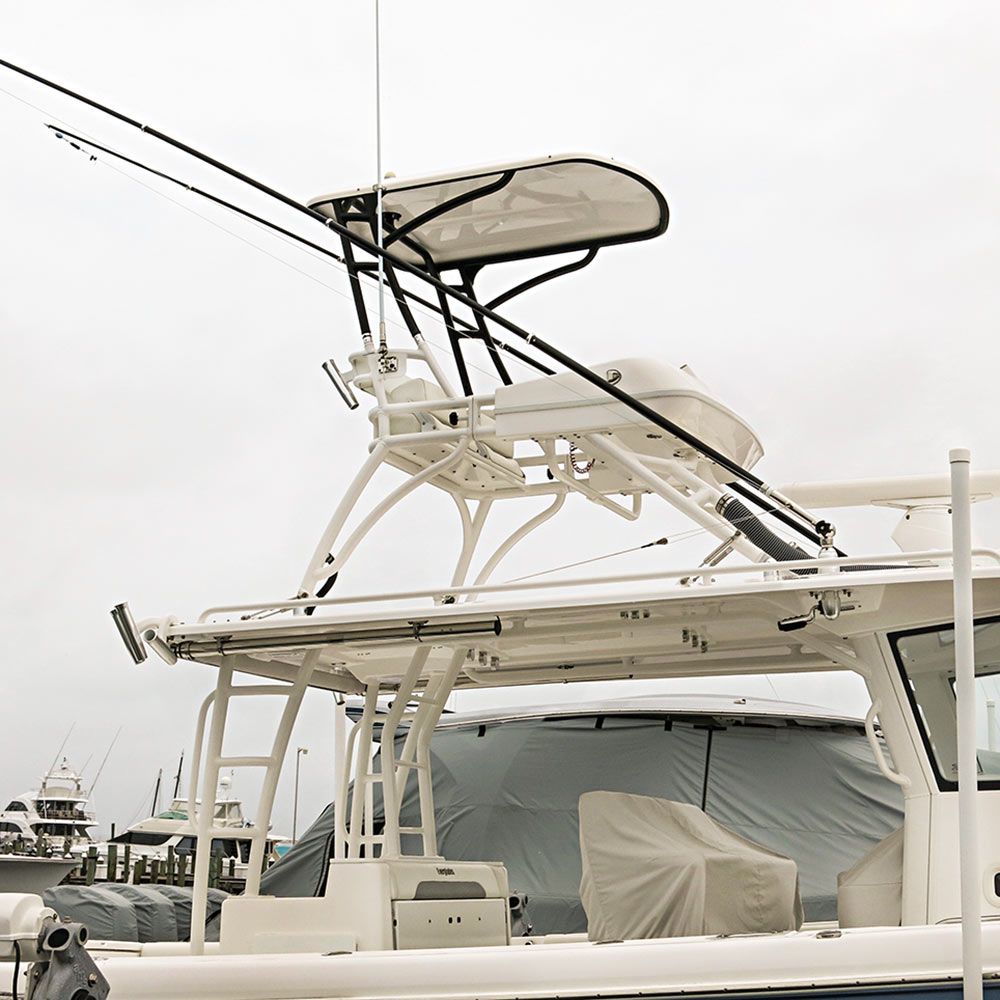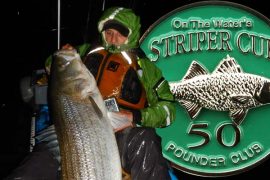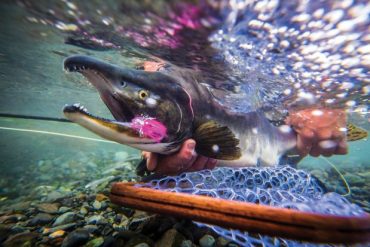
T-tops, towers, leaning posts, poling platforms and other elevated structures are commonplace on fishing boats nowadays, and while lightweight and long-lasting, marine-grade aluminum is prevalent in their fabrication; the intended purpose, desired looks and size restrictions greatly influence their design.
Boatbuilders’ factory options take much of the guesswork out of the equation, but aftermarket add-ons and custom retrofits do require special considerations.
Whatever metalworks enhancement you are planning, it’s essential to consider the length and beam of the boat, any possible clearance issues, and preferred fishing styles before settling on a specific design. Do you just want a spotting tower, or will you also need upper-station controls? Do you have to pass under a low bridge to get to the dock, requiring a hinged design? Is the boat large enough to carry the added topside weight safely? Answers to such questions, early in the process, save you time and money.

Roland Stanton, owner of Blue Coral Sport Fishing Towers in Pensacola, Florida, reviews different styles and options with his customers beforehand. “We use round and oval aluminum, and the main structure is 2-inch Schedule-40 pipe with ¼-inch-thick walls,” Stanton explains. “The kickers or supports are typically 1¼ to 1½ inches in diameter. Aluminum offers a high strength-to-weight ratio, plus it’s malleable and easy to bend. The joints or connections between the pipes are TIG-welded.”
Stanton says smaller towers or tops can have up to eight mounting points or anchors to the fiberglass. The higher the structure, the more anchors are needed to avoid twisting or flexing. Anchor points are through-bolted with backing plates, whenever possible. If access is blocked, the fiberglass is cleaned, roughed up and bedded with 5200 marine adhesive/sealant before sheet metal screws are employed.
Stainless-steel…





